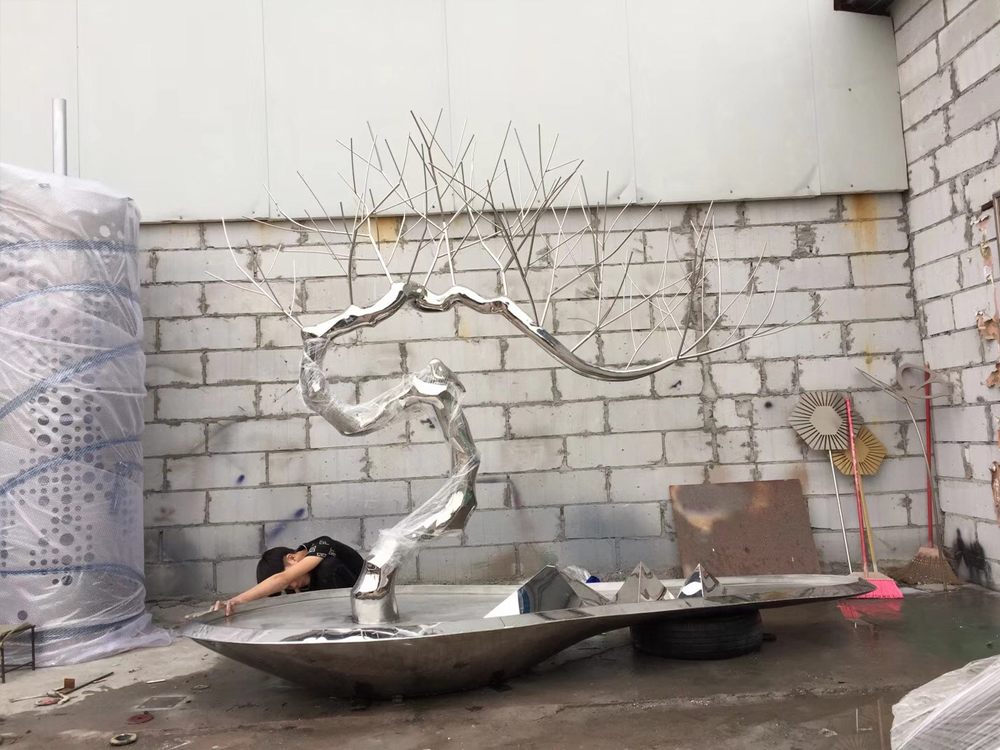
Entering the world of bronze sculpture as a new artist presents unique challenges that can deter even the most passionate creators. The first major barrier is the substantial financial investment required. Bronze is an expensive material, and the casting process often involves additional costs for molds, foundry services, and specialized tools.
Technical complexity forms another significant hurdle. The bronze casting process demands specialized knowledge of lost-wax techniques, metalworking skills, and understanding of patina chemistry. Many emerging artists struggle to access proper training in these traditional methods.
Physical space requirements create practical obstacles. Unlike painters or digital artists, bronze sculptors need substantial workspace for modeling, mold-making, and potentially dangerous processes like metal pouring. This makes urban studio rentals particularly challenging.
The art market itself presents barriers. Galleries and collectors often prefer established names, making it difficult for newcomers to gain recognition. Additionally, the time-intensive nature of bronze work slows production, limiting opportunities for quick financial returns.
Finally, environmental concerns add modern complications. The casting process involves hazardous materials and high energy use, requiring artists to navigate increasing regulations and ethical considerations about sustainable practice in this ancient medium.
Despite these challenges, many artists find the unique permanence and tactile quality of bronze worth the struggle, developing creative solutions to overcome these entry barriers through collaborations, shared studio spaces, and alternative financing models.

